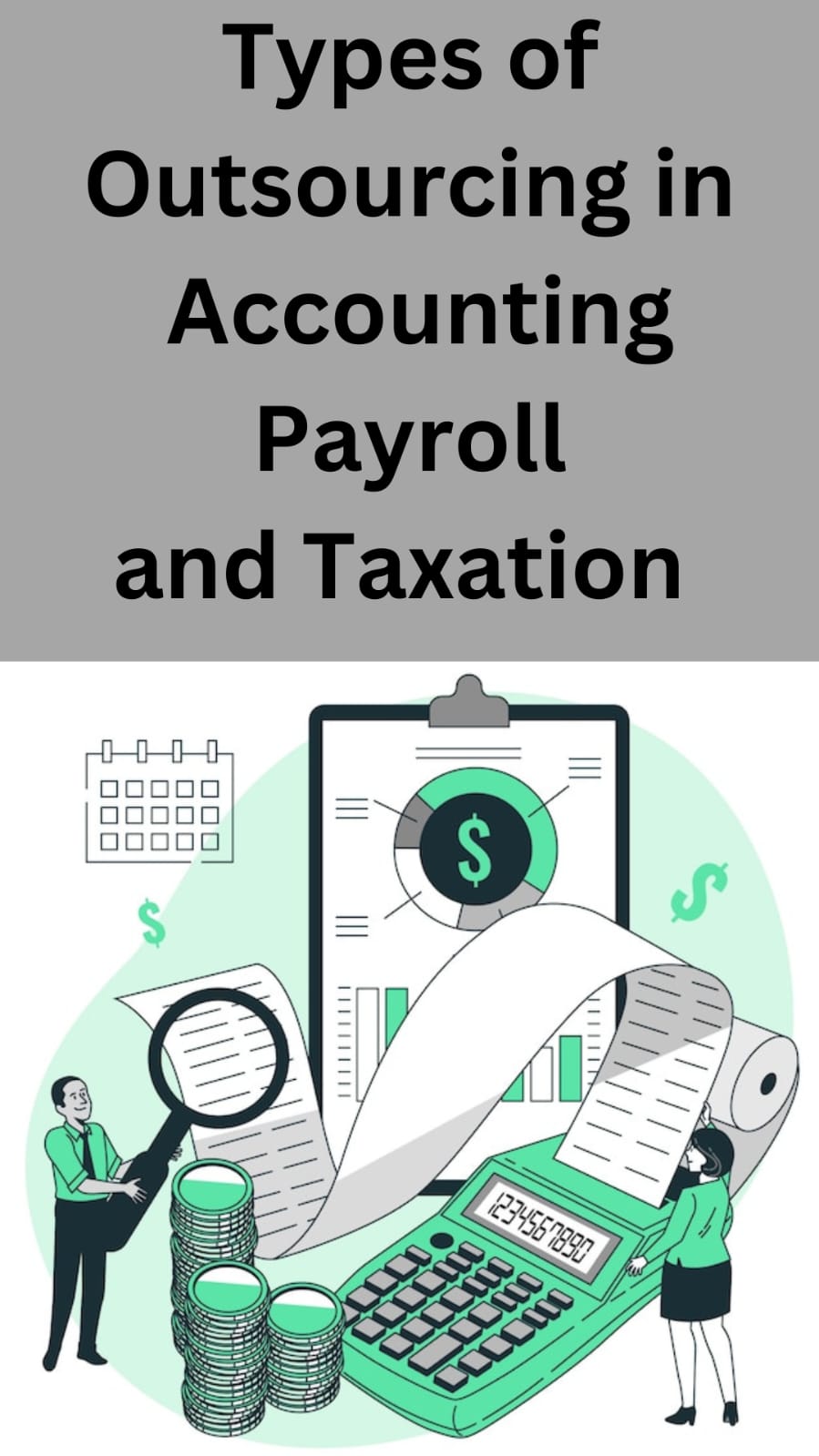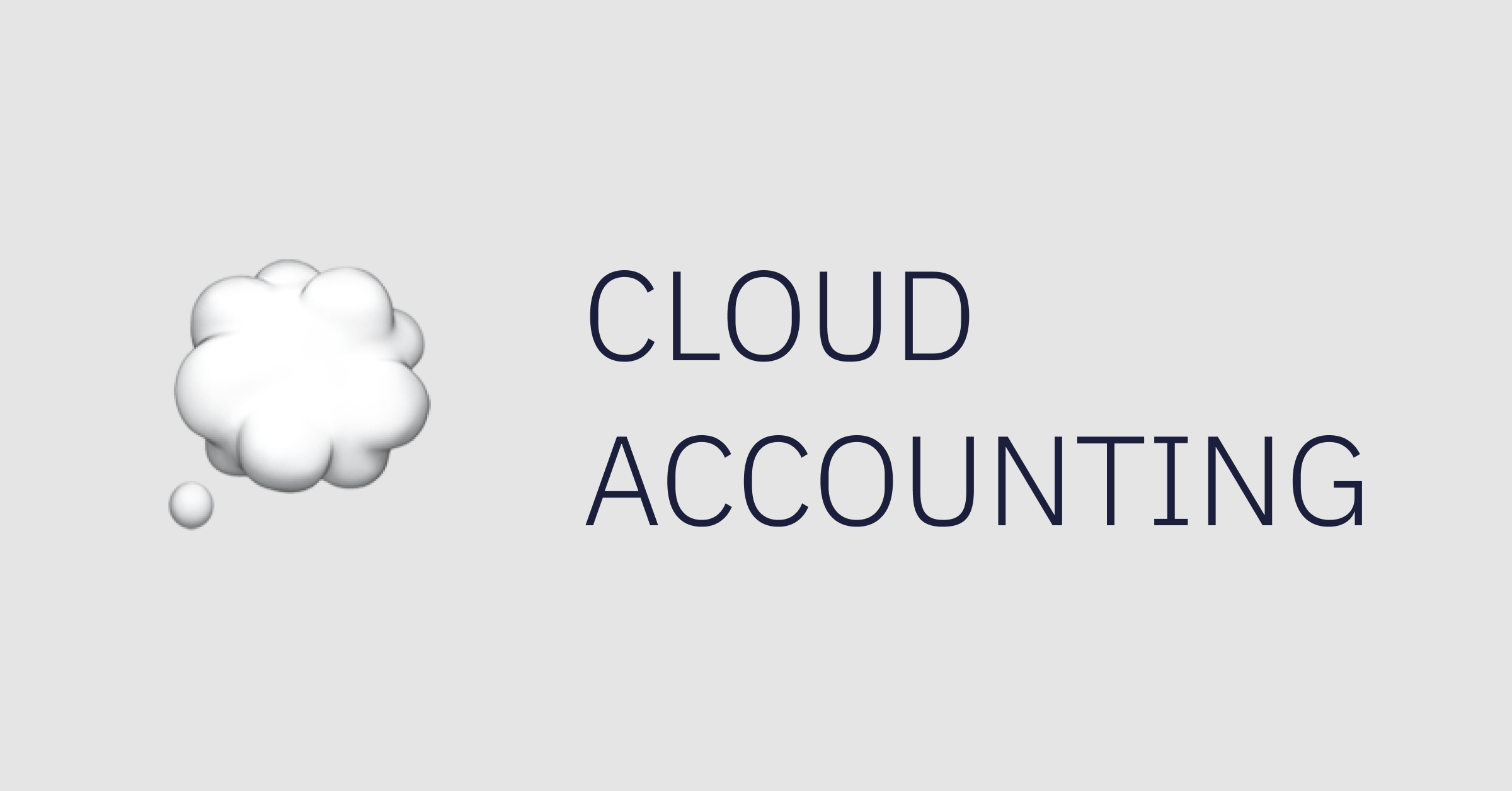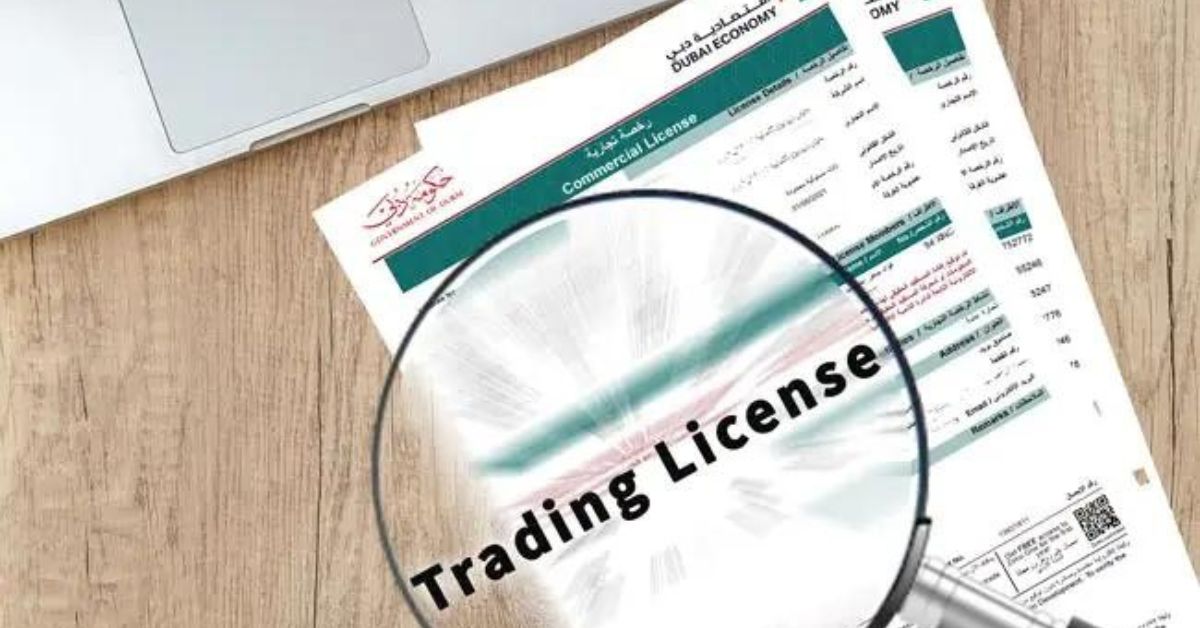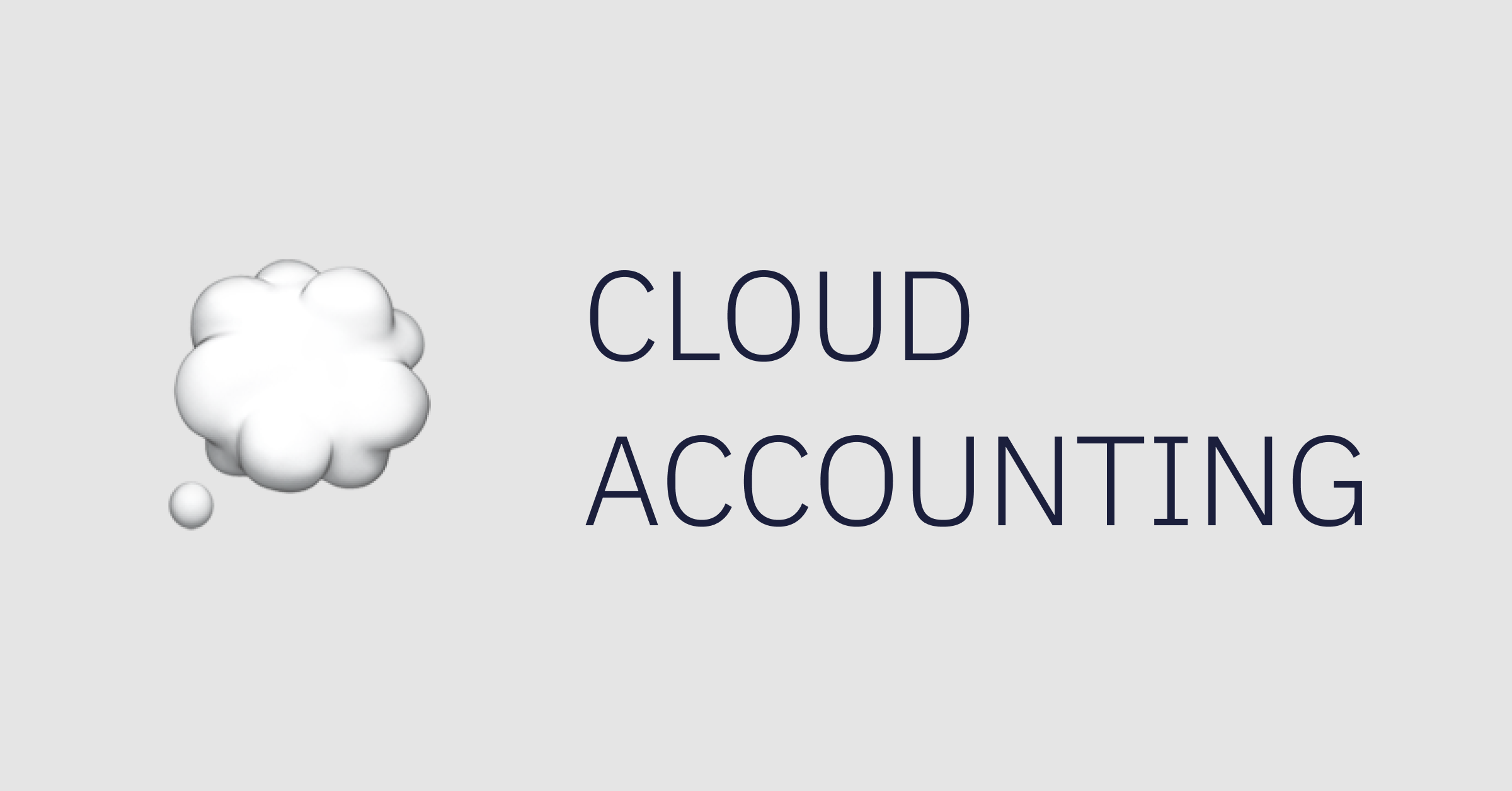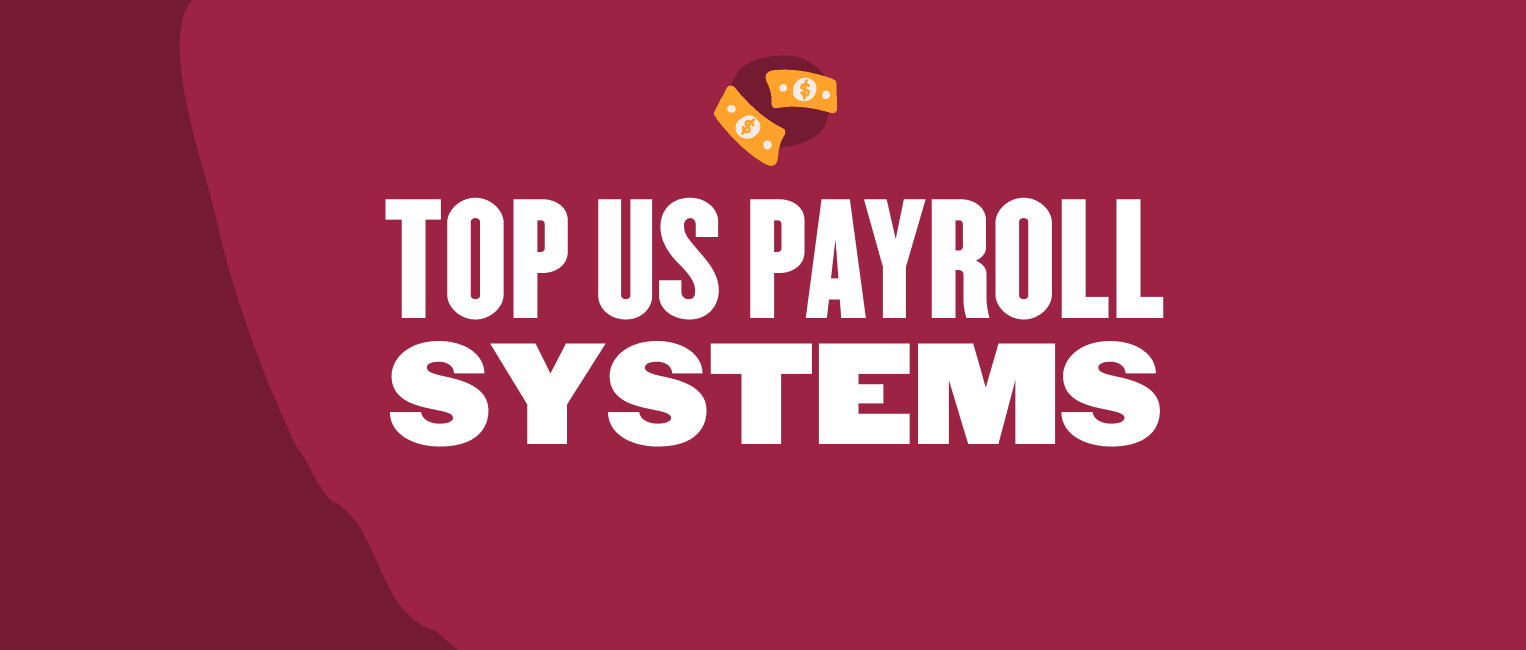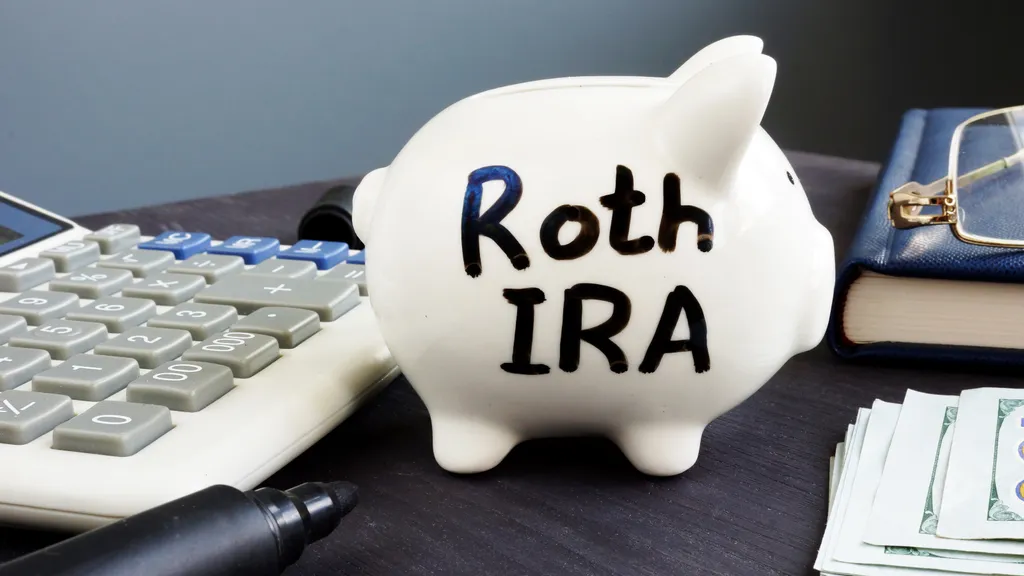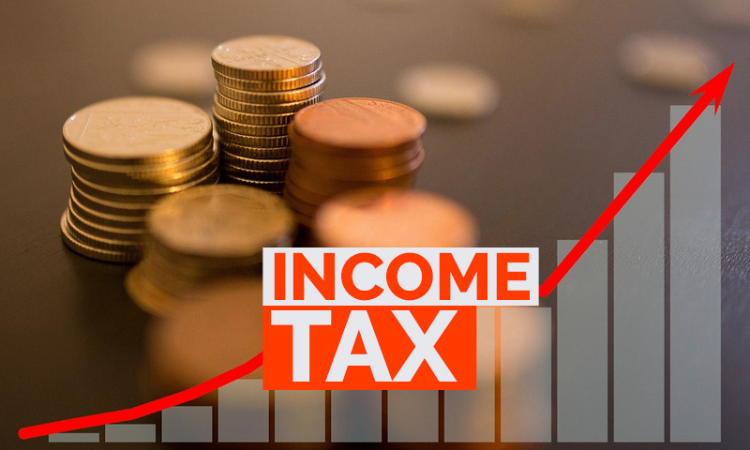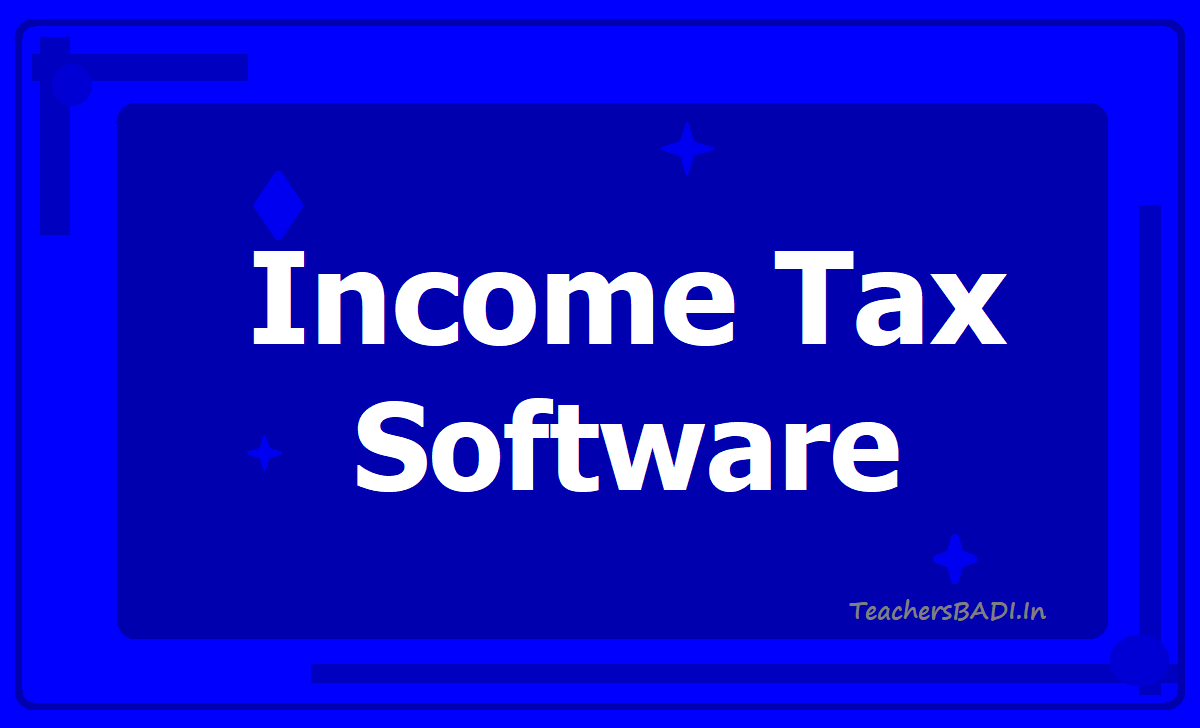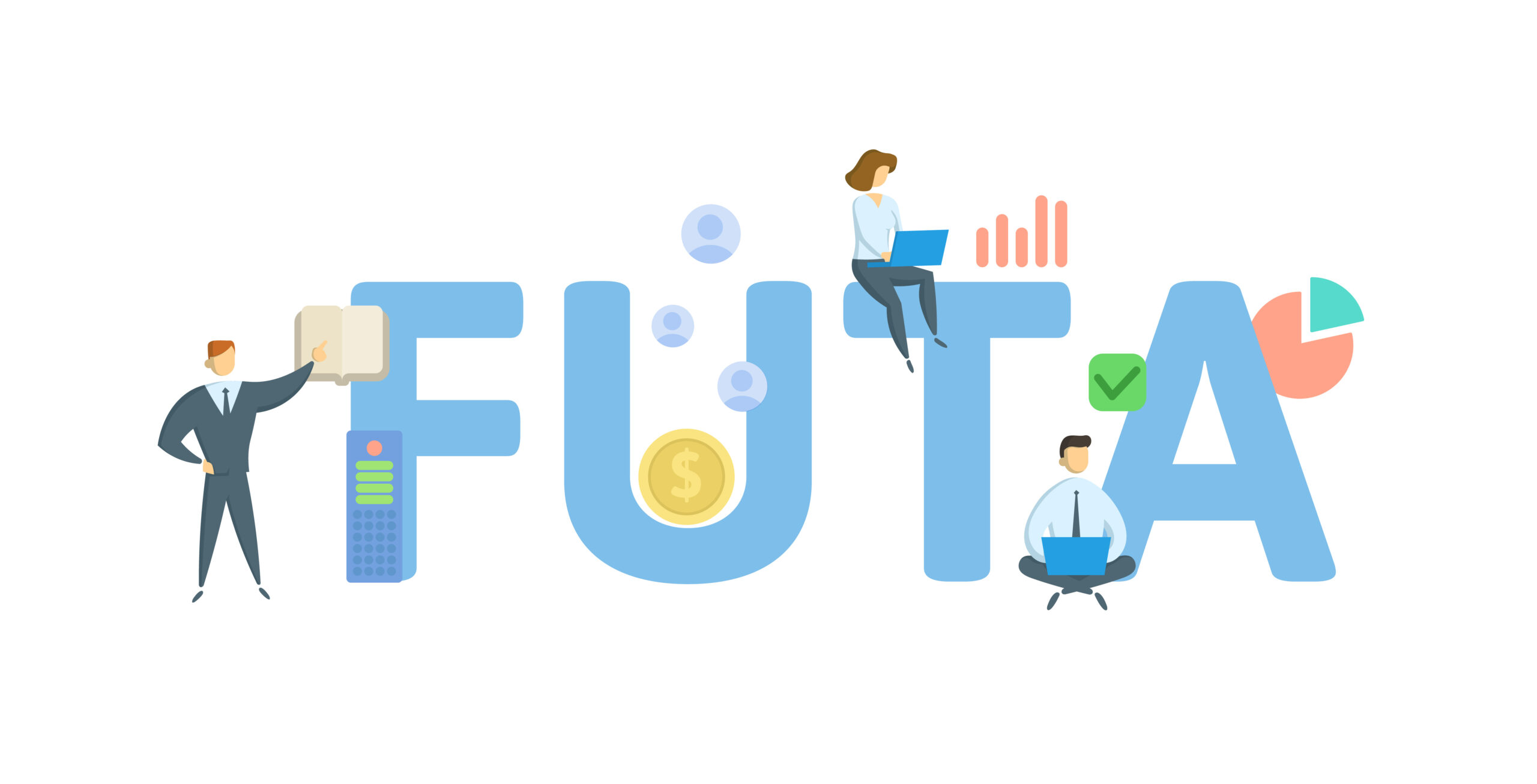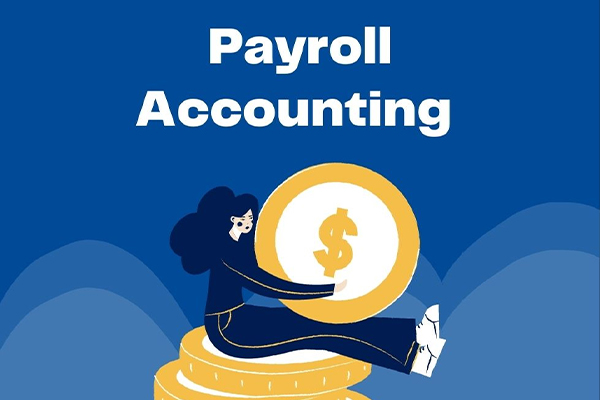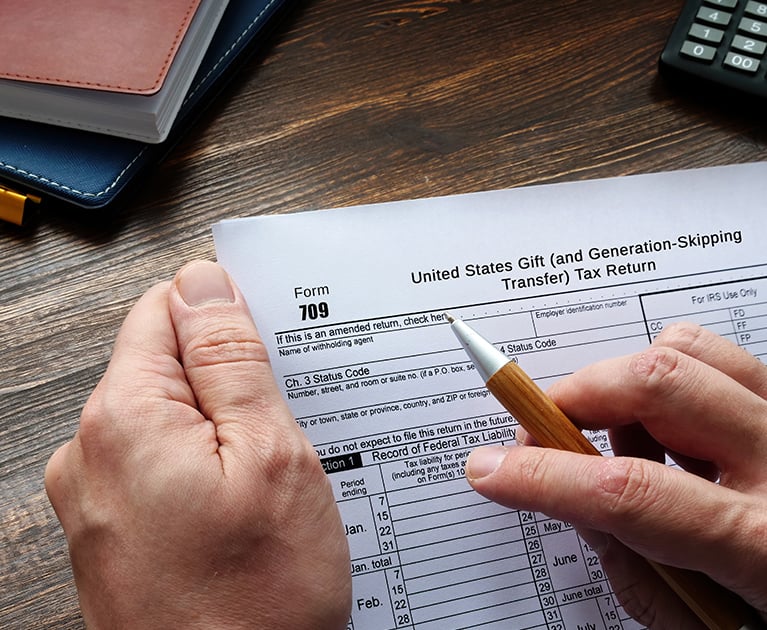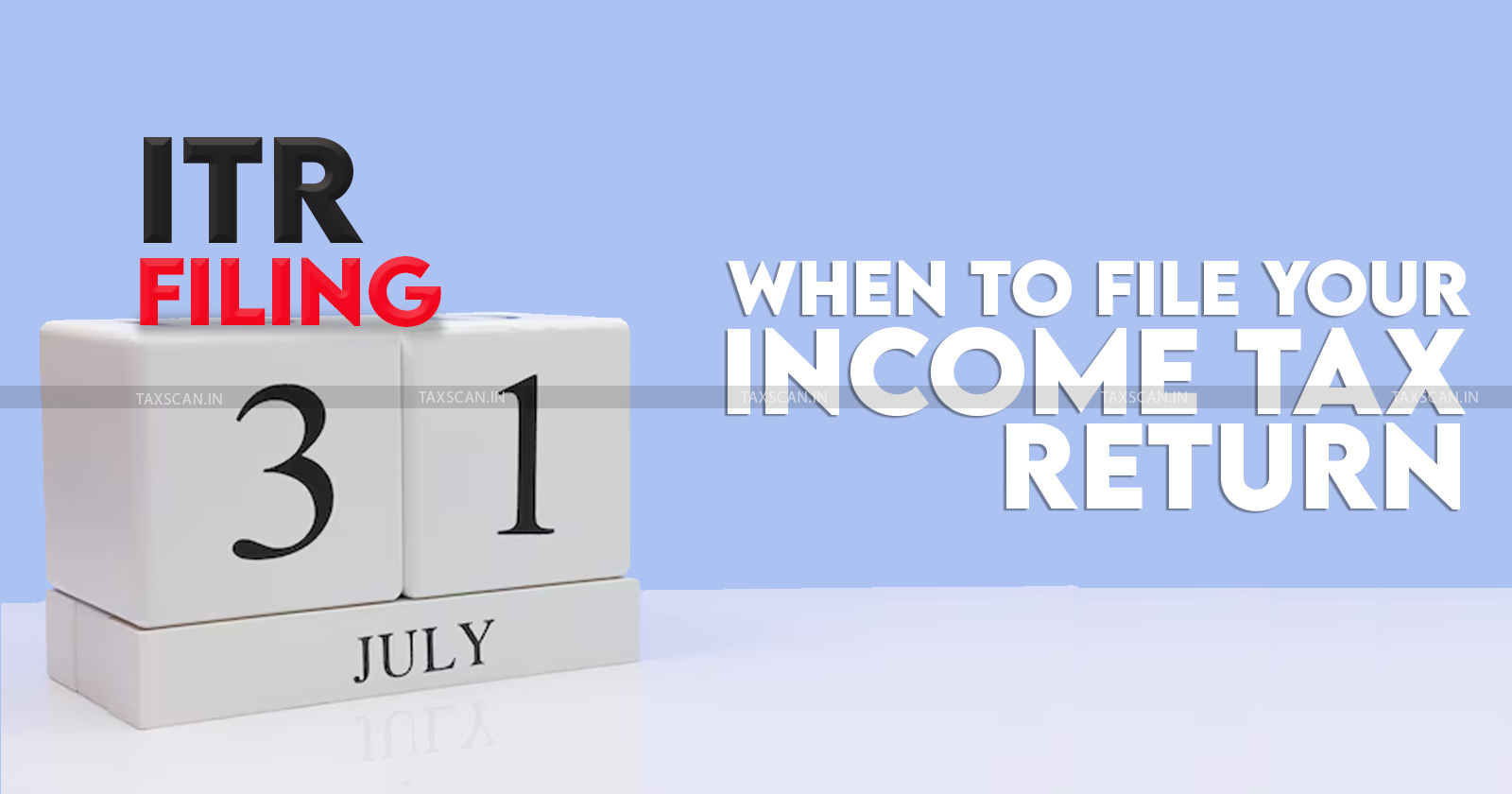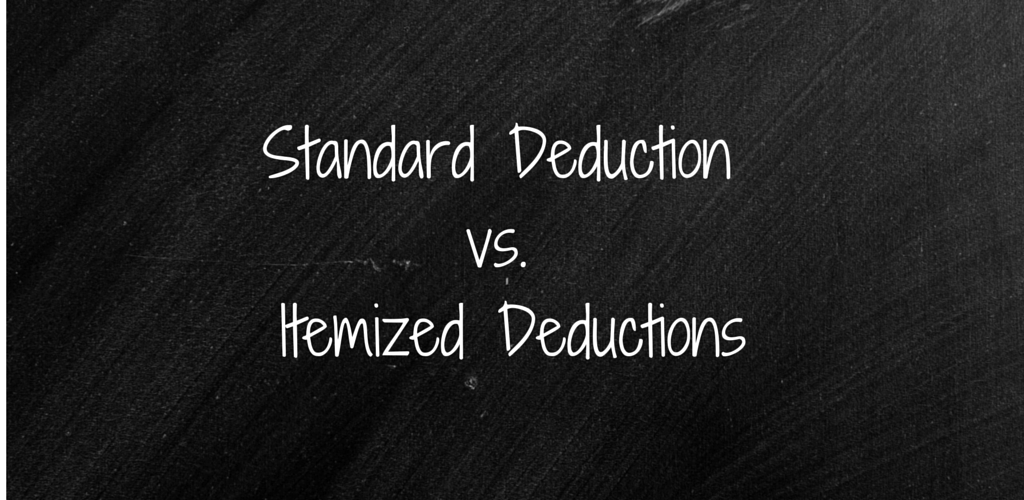Old Age, Survivors, Disability Insurance (OASDI) Program
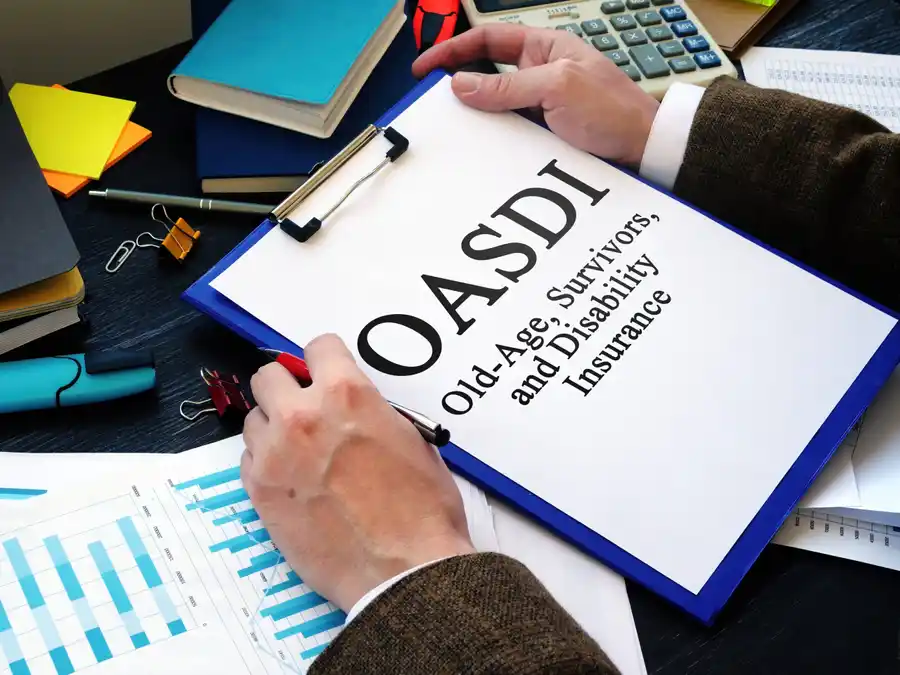

Funding OASDI Program
The OASDI program is primarily funded through payroll taxes collected under the Federal Insurance Contributions Act (FICA) and the Self-Employment Contributions Act (SECA). Employees and employers each contribute 6.20% of wages, up to a certain income limit, while self-employed individuals contribute 12.4% of their net earnings. These contributions are deposited into the Social Security Trust Funds, which are used to pay benefits and administrative costs.
Benefits Provided by OASDI
OASDI provides three main types of benefits:
Eligibility & Application of OASDI
Eligibility depends on work credits earned through employment. Typically, 40 credits are needed for retirement benefits. The number of credits for disability benefits varies by age. Applications can be submitted online, by phone, or in person at SSA offices, with necessary documentation on work history and earnings.
Impact & Challenges of OASDI
As of 2023, nearly 70 million Americans receive OASDI benefits. Despite its success in reducing poverty among the elderly, the program faces challenges due to an aging population and longer life expectancy, with projected fund depletion by 2034. Solutions include raising the payroll tax rate, adjusting the income cap, and modifying benefit formulas.
Conclusion
The Old Age, Survivors, and Disability Insurance program remains a cornerstone of social insurance in the United States, providing essential financial support to retirees, survivors, and individuals with disabilities. As the program faces future challenges, ongoing discussions and policy adjustments will be crucial to maintaining its sustainability and effectiveness in supporting the economic well-being of millions of Americans.



